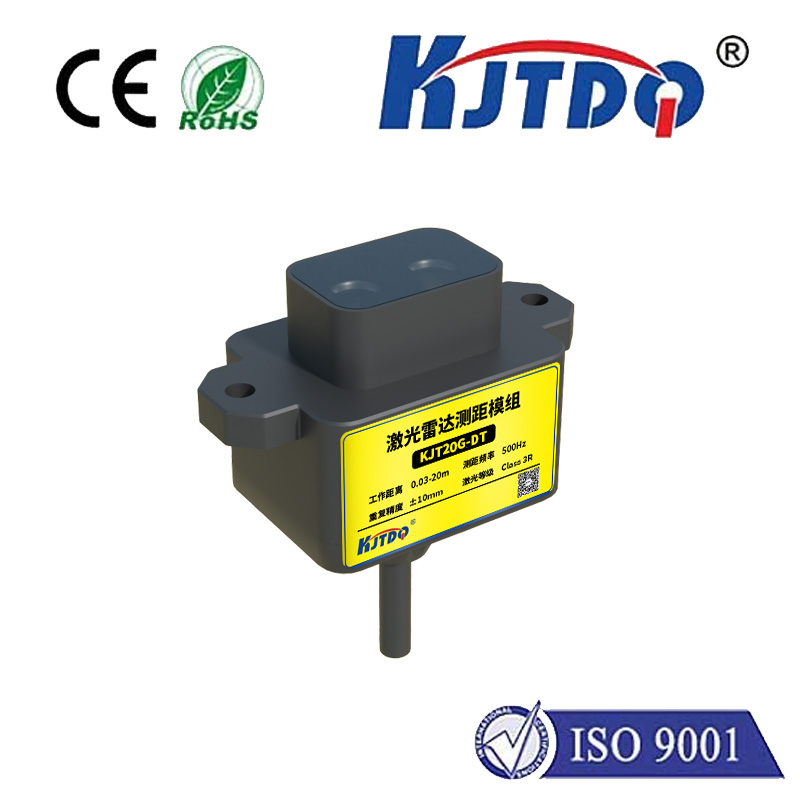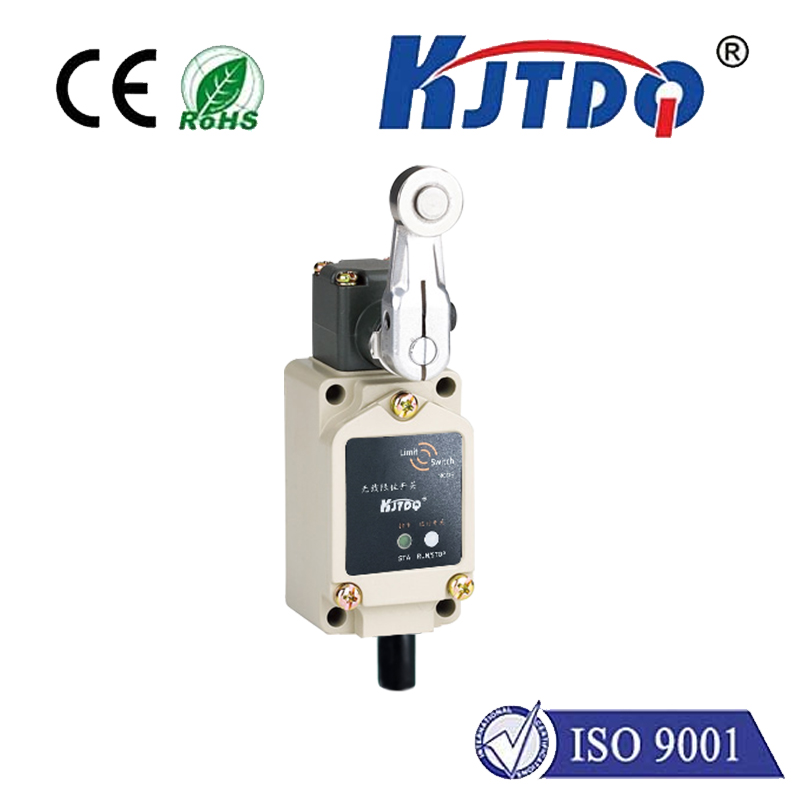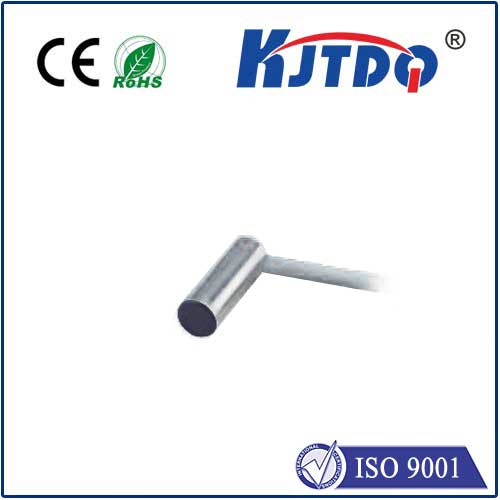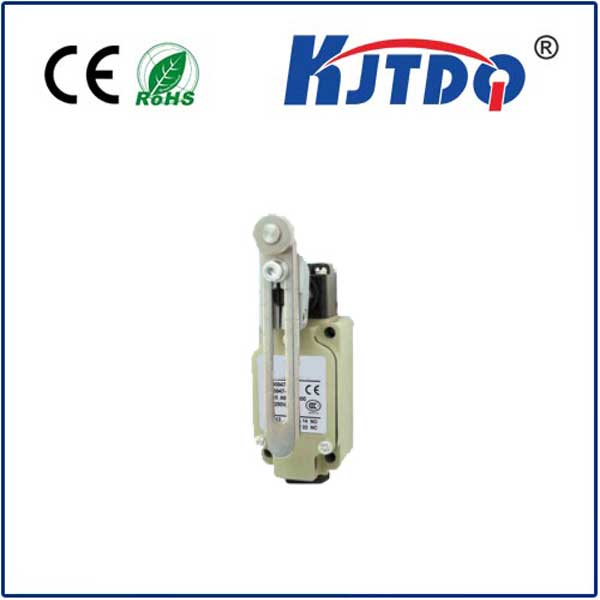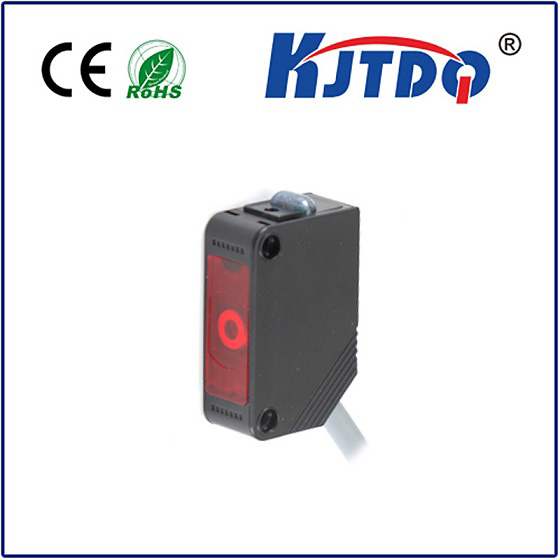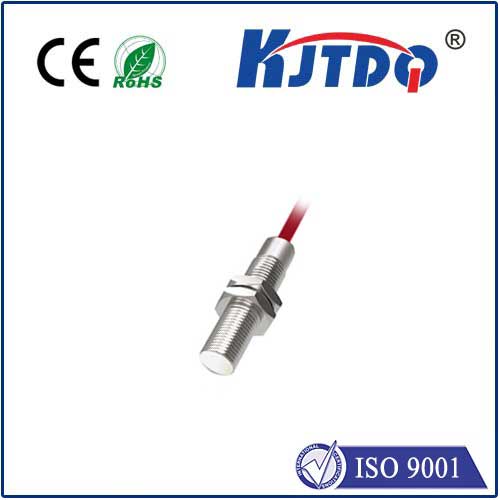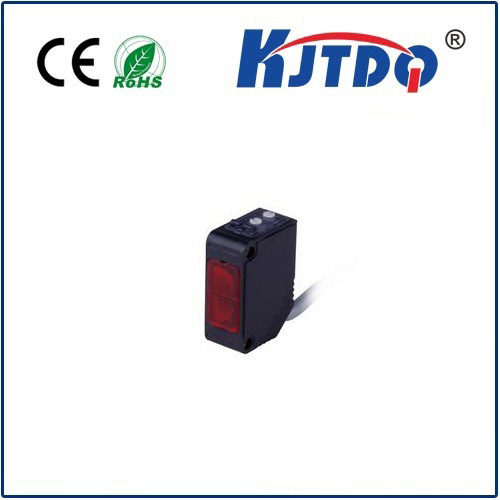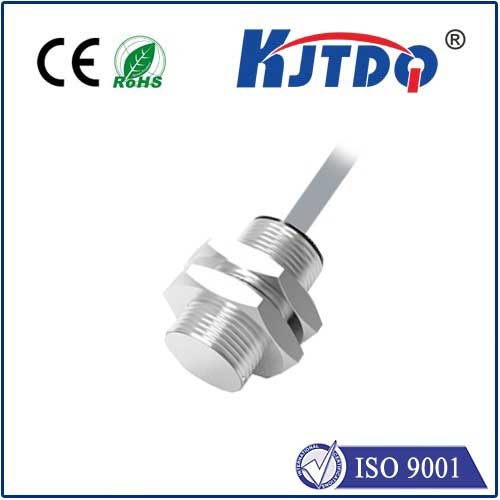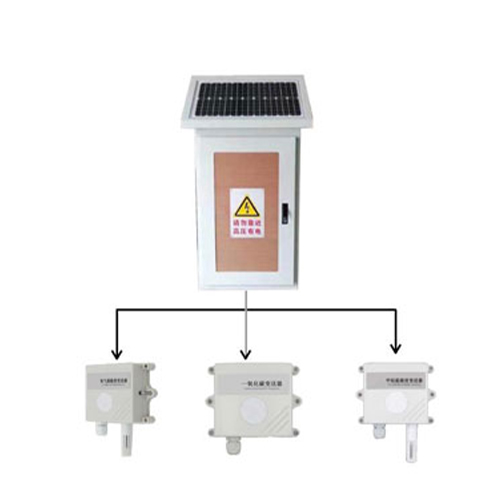small capacitive proximity sensor
- time:2025-06-14 01:18:28
- Click:0
The Mighty Miniature: How Small Capacitive Proximity Sensors Are Changing Technology
Imagine your smartphone screen dimming when you hold it to your ear, or a faucet turning on with just a wave of your hand, or a sophisticated machine instantly halting when a worker gets too close. What invisible sentinel enables these seamless, responsive interactions? Often, it’s the remarkable, yet frequently overlooked, small capacitive proximity sensor. These compact marvels operate silently, detecting the presence or absence of objects without physical contact, fundamentally changing how we interact with technology in ever-shrinking spaces.
Understanding the Core Technology: Capacitance at Work
At its heart lies the fundamental principle of capacitance – the ability of a system to store an electrical charge when conductive objects are separated by a dielectric (insulating material). A capacitive proximity sensor essentially functions as one plate of a capacitor. The sensor electrode generates a low-voltage electrostatic field into the surrounding space.
When an object – it doesn’t even need to be electrically conductive, though conductive materials have a stronger effect – enters this sensing field (proximity), it disturbs the field lines. This disturbance changes the capacitance between the sensor electrode and ground (or between two sensor electrodes in differential configurations). The sensor’s integrated circuitry continuously monitors this capacitance change. Sophisticated signal processing algorithms then translate this minute change into a reliable detection signal – indicating the presence or absence of the target object.
Unlike optical sensors susceptible to dust or ambient light, or ultrasonic sensors challenged by soft materials, capacitive proximity sensing excels through non-metallic barriers and is largely unaffected by environmental factors like dust, moisture (within limits), or varying light conditions. This inherent robustness makes it incredibly versatile.

The Power of Small: Why Miniaturization Matters
While capacitive sensing isn’t new, the drive towards compact designs has unlocked revolutionary applications. The term “small” here is paramount and encompasses several key advantages:
- Integration into Compact Devices: The most obvious benefit. Small capacitive proximity sensors can be embedded into smartphones, wearables (like earbuds detecting in-ear presence), tablets, ultra-thin laptops (lid open/close detection), medical implants, tiny IoT devices, and miniature robotics where space is an absolute premium.
- Minimal Intrusion: Their small physical footprint means they can be incorporated into products without significantly altering the design aesthetics or core functionality. They become virtually invisible to the end-user.
- Flexible Placement: Tiny sensors can be placed in tight corners, behind thin panels (plastic, glass, wood), or integrated onto densely packed PCBs, enabling sensing capabilities in locations previously impossible.
- Reduced Power Consumption: Generally, smaller sensors designed for modern applications leverage low-power electronics and efficient sensing modes, making them ideal for battery-operated portable and wearable electronics requiring ultra-low power consumption.
- Cost-Effectiveness: Advances in microelectronics and manufacturing have driven down the cost of producing highly capable miniature sensors, making sophisticated proximity detection economically feasible in mass-market products.
Overcoming Miniaturization Challenges: Precision Engineering
Shrinking capacitive sensors isn’t without hurdles. As size decreases, so does the inherent capacitance value and the magnitude of the capacitance change caused by an approaching object. This significantly impacts the signal-to-noise ratio (SNR).
- Increased Sensitivity & Sophisticated Electronics: Detecting these minuscule changes demands highly sensitive analog front-end circuits and powerful, noise-resistant digital signal processing (DSP). Advanced filtering techniques and clever algorithms (auto-calibration, noise cancellation) are essential within the sensor IC.
- Managing Parasitic Capacitance: Unwanted capacitance from PCB traces, nearby components, or even the sensor housing itself (parasitic capacitance) becomes a much larger relative factor in smaller designs. Careful electrode design (guarding, shielding techniques) and meticulous PCB layout are critical to minimize these effects and ensure reliable performance.
- Optimized Electrode Design: The shape, size, and material of the sensor electrode significantly influence the sensing field’s shape, range, and sensitivity. Small capacitive proximity sensors require precise electrode design to maximize the effective sensing area and field penetration within minimal physical constraints.
Ubiquitous Applications: Where Small Size Makes a Big Difference
The unique blend of non-contact detection, material penetration, and compact size has propelled small capacitive proximity sensors into a vast array of modern applications:
- Consumer Electronics: Smartphone display blanking (ear/proximity detection during calls), touchless gesture control interfaces (e.g., scrolling by hovering), automatic screen wake/sleep (laptop lid), true wireless earbud in-ear detection.
- Industrial Automation: Non-contact object detection in tight machinery spaces, conveyor belt monitoring, liquid level sensing through tanks, presence detection for robotic safety zones (safety interlocks), vibration or wear monitoring.
- Home & Building Automation: Touchless light switches and faucets (even through materials), smart appliance control (detecting user presence), smart door locks, occupancy detection in compact smart home sensors.
- Automotive: Interior occupancy detection (seatbelt reminders, airbag control), touchless control panels, hidden switches (e.g., under trim), gesture controls, rain/light sensor integration.
- Medical Devices: Proximity activation in portable diagnostics, patient monitoring equipment, surgical tools, automatic dispensers.
- IoT & Wearables: Tiny sensor nodes for presence detection, tamper alerts, activity monitoring in fitness trackers, context-aware functionality.
Choosing and Implementing Small Capacitive Sensors: Key Considerations
Designing with small capacitive proximity sensors requires careful attention to several factors:
- Required Detection Range: Miniature sensors typically offer shorter ranges (millimeters up to a few centimeters), perfectly suited for close-proximity interaction. Match the range to the application.
- Target Material: While they detect both conductive and non-conductive objects, sensitivity varies. Conductive materials (metal, water) provide the strongest signal, while non-conductives (plastic, wood, human body) require higher sensor sensitivity.
- Environmental Factors: While robust, consider potential influences like condensation, rapidly changing temperatures, or strong EMI sources near the sensor.
- Mounting and Housing: The material and thickness between the sensor electrode and the target critically affect sensitivity. Calibration often accounts for this. Ensure the housing doesn’t introduce excessive parasitic capacitance.
- Power Budget: Select sensors with appropriate power modes (e.g., wake-on-proximity) for battery-critical applications demanding ultra-low power consumption.
- Output Interface: Common outputs include digital (on/off) or analog (distance-proportional voltage), configurable via I2C or SPI. Choose based on system needs.
The Future is Sensing, The Future is Small
The relentless march towards miniaturization and smarter interaction shows no signs of slowing. Small capacitive proximity sensors embody this trend perfectly. Their ability to provide reliable, non-contact detection through materials, combined with their shrinking size and power demands, makes them indispensable components in the fabric of modern technology. As sensitivity improves, noise immunity strengthens, and integration becomes even more seamless, we can expect these mighty miniatures to enable ever more intuitive, safe, and responsive interactions within an increasingly connected and compact world. They are the unseen, yet essential, enablers of proximity intelligence across countless domains.












